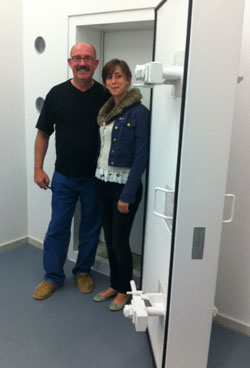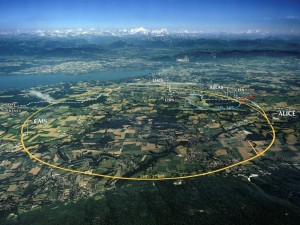 “My dad’s nuclear bunker is bigger than yours,” my stepdaughter from London wrote on her Facebook page after her last visit to Zurich. Swiss apartment blocks like ours…and even many homes…have fallout shelters in their basements. They are prepared. Well prepared. For a neutral country that hasn’t actually seen any fighting on its soil for, well, a very, very long time, they are, you might say, over prepared.
“My dad’s nuclear bunker is bigger than yours,” my stepdaughter from London wrote on her Facebook page after her last visit to Zurich. Swiss apartment blocks like ours…and even many homes…have fallout shelters in their basements. They are prepared. Well prepared. For a neutral country that hasn’t actually seen any fighting on its soil for, well, a very, very long time, they are, you might say, over prepared.
Are you prepared for “attacks” from your competitors? Are you well prepared? Is it even possible to be over prepared for doing battle in a competitive marketplace?
You and all of your employees need to be ready for the insurgence of competitors into your space in the market. Building your nuclear bunker in business terms means that all of you are equipped to protect your “turf” with the right strategies, tactics and tools.
On the other hand, having a bunker mentality can limit your ability to be a successful thought leader. Of course, being vocal about where you think your industry is headed will allow your competitors to gain insight into certain parts of your company’s strategy. But the overall benefit of being a thought leader outweighs the risk of over sharing.
Taking a defensive stance is certainly important so that you aren’t giving away the recipe for the “secret sauce.” However, you as a thought leader will instinctively know where to draw the line between revealing too much and just enough on a case-by-case basis.
So come out of your bunker — nobody is going to “nuke you” and you don’t need to fight an enemy that may not exist. How exactly should you do that? Ask, assess, then act. We’re here to help.





 In late October a thought-provoking article
In late October a thought-provoking article 


